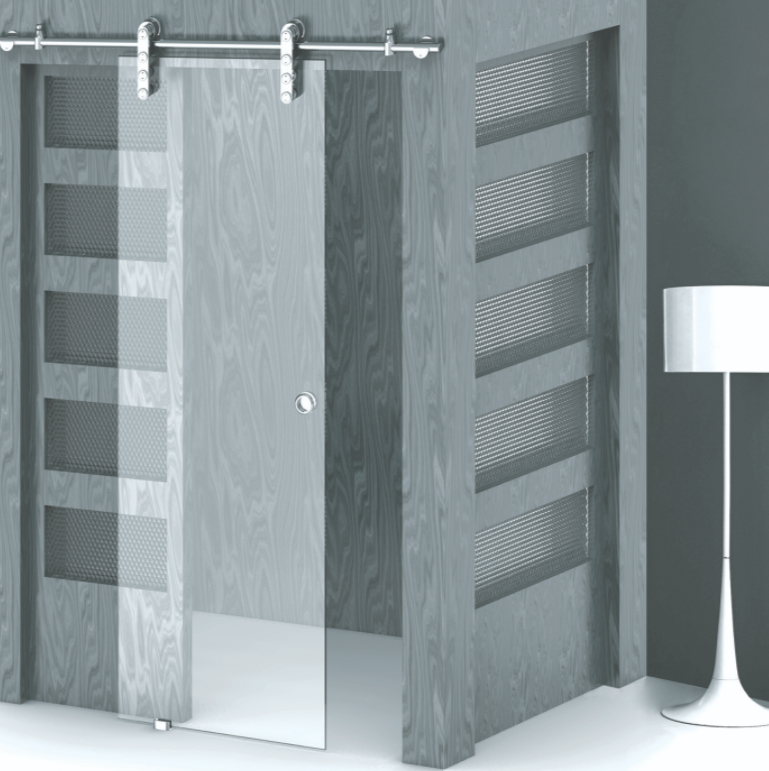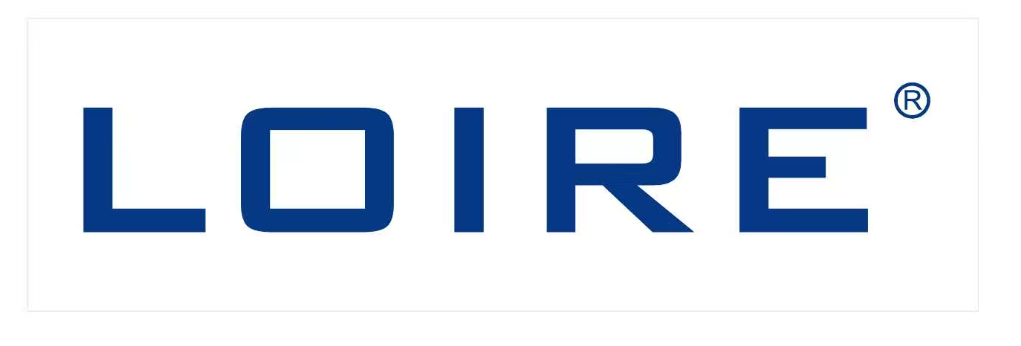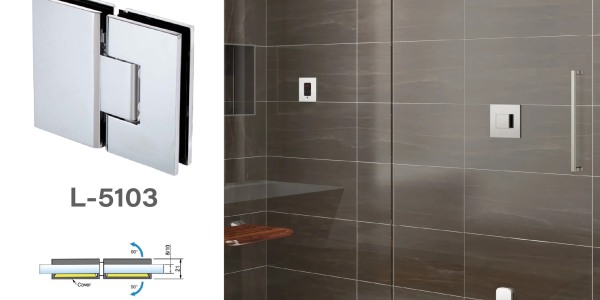Compare Frameless Shower Door Costs: Sliding vs Hinged Designs

Frameless shower doors have rapidly become the gold standard in contemporary bathroom aesthetics. With their sleek appearance, minimal hardware, and uninterrupted sightlines, they transform ordinary bathrooms into spa-like retreats. However, behind their elegance lies a critical decision: should you choose a sliding or hinged frameless shower door? The answer can significantly impact not only the ambiance of your space but also your budget—both upfront and over time.
Understanding Frameless Shower Door Designs
Sliding (Bypass) Design Overview
Sliding frameless shower doors, often referred to as bypass doors, consist of two or more glass panels that glide along discreet top and bottom tracks. These doors are typically installed in showers with wider openings and are designed for maximum accessibility without requiring additional clearance space.
Sliding designs prioritize functionality within compact layouts. Because they do not swing open, they are ideal for bathrooms where adjacent fixtures limit movement. This space-conscious design often makes them a default choice in urban apartments or narrow enclosures.
Hinged (Pivot/Swing) Design Overview
Hinged frameless shower doors operate similarly to traditional doors—they swing open on pivot hinges attached to the wall or adjacent glass panels. These doors offer a clean, open look and allow for unobstructed access to the shower area.
The hinge mechanism offers fluid movement and an elegant architectural impression. However, they require more open space to operate effectively, making them best suited for bathrooms with generous clearance around the shower entrance.
Sliding Door Shower Hardware Supplier
Initial Purchase Price Comparison
Cost Range for Sliding Frameless Doors
Sliding frameless doors generally range from $600 to $1,200, depending on the glass thickness, finish quality, and brand. Premium models, especially those with soft-close technology or decorative glass, can exceed $1,500. While their structure might appear simple, the engineering behind smooth-glide rollers and stable tracks adds to the base price.
Cost Range for Hinged Frameless Doors
Hinged frameless doors typically fall in a slightly lower range, around $400 to $900, for standard dimensions. However, when thicker glass (⅜ inch or ½ inch) and high-end hardware are included, prices can reach $1,300 or more. Unlike sliders, hinged doors require fewer moving parts, which often keeps the initial cost modest—though not always.
Installation Complexity and Expenses
Labor and Time Involved in Sliding Door Installation
Installing sliding frameless doors is a nuanced process. Precision is essential to ensure perfect alignment between panels, track placement, and roller tension. Installers often spend more time leveling and adjusting these doors, which inflates labor costs. Expect installation charges to range from $300 to $600, depending on the region and contractor experience.
Structural Requirements and Cost Implications of Hinged Doors
Hinged doors, although simpler in movement, demand wall reinforcements to support the glass's weight. If your wall is drywall or lacks adequate studs, additional framing may be necessary. Labor costs can range from $250 to $500, but structural upgrades may push that higher. Nonetheless, the straightforward mechanism means less long-term adjustment post-installation.
Maintenance, Durability, and Long-Term Value
Wear-and-Tear Considerations for Sliding Systems
Sliding systems rely on rollers, tracks, and seals—all of which degrade with regular use. Hair, soap scum, and minerals can accumulate in the track, leading to squeaks or even derailments. Replacing worn rollers or cleaning clogged channels becomes a recurring necessity. Over five years, maintenance can amount to $100–$200, particularly in humid environments.
Longevity and Ease of Maintenance with Hinged Doors
Hinged doors generally feature fewer mechanical components, reducing failure points. Occasional hinge lubrication and seal replacement are usually all that's required. Because they swing open freely without sliding mechanisms, they avoid the gunk and grime buildup typical of bypass doors. This lower maintenance overhead adds to their long-term value.
Space, Style, and Practical Considerations
Space Efficiency and Aesthetic Differences
Sliding doors save space by operating within the plane of the enclosure, making them ideal for tight layouts. Their symmetrical design also lends a balanced visual appeal to wide openings. However, they can obscure part of the shower entry and may limit access for cleaning or assisting others.
Hinged doors exude a cleaner, more open feel and provide full entry access when swung open. Their minimal hardware profile enhances visual continuity, especially in luxury remodels. But they require swing clearance, which can be a dealbreaker in compact bathrooms.
How Layout Affects the Cost-Effectiveness of Each Option
The size and configuration of your shower profoundly influence cost-efficiency. A wide alcove layout may favor sliding doors to avoid costly custom hinges and extra supports. Conversely, corner showers or smaller enclosures might make hinged doors more practical and affordable. Customization, glass cuts, and mounting options vary in price based on these spatial constraints.

Aluminium Sliding Door System
Which Frameless Shower Door Is More Cost-Efficient?
Summary of Total Ownership Costs
When factoring in purchase, installation, and upkeep over a five-year period:
- Sliding Frameless Door: $1,000 – $2,100 total
- Hinged Frameless Door: $700 – $1,800 total
Sliding doors generally cost more upfront and require greater long-term attention. Hinged doors present a simpler, more economical option in many cases—especially if the bathroom allows for full door swing.
Recommendations Based on Budget, Space, and Preference
If you prioritize accessibility, ease of entry, and a minimalist aesthetic—and have room to accommodate the swing—a hinged door may be your best bet. If you need to conserve space or span a wide opening elegantly, sliding frameless doors offer stylish functionality at a premium. Your layout, daily habits, and tolerance for maintenance should guide the final decision.
Conclusion
Both sliding and hinged frameless shower doors bring unique strengths to the table, balancing form, function, and financial outlay. Understanding the true cost of ownership—from purchase to upkeep—helps ensure you make a choice that harmonizes with your lifestyle and budget. Whether you opt for the gentle glide of a bypass door or the crisp swing of a hinged design, the result will elevate your bathroom’s style and sophistication.








